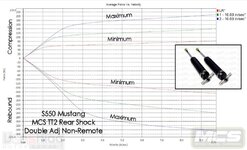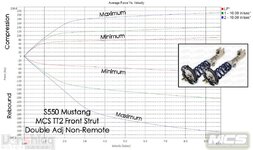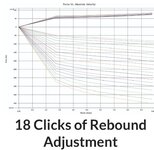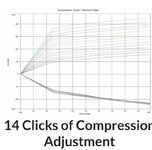Car: 2016 GTPP
SUSPENSION: MCS Doubles with 450/750 springs
Use: Autocross (CAMC)
RE: Double adjustable shocks/coilovers, I've seen that the "recommended" ratio Rebound to Compression is 2:1....
Is this a good ballpark to stay within (assuming surface and what not). I know this is a generality and is good in theory, but what about in practice?
Been playing around and I'm at 11R/3C front and rear and it feels good (def stiff) when I drive it to work. Haven't tried this particular setting at an event, yet.
Should I try a higher compression setting?
SUSPENSION: MCS Doubles with 450/750 springs
Use: Autocross (CAMC)
RE: Double adjustable shocks/coilovers, I've seen that the "recommended" ratio Rebound to Compression is 2:1....
Is this a good ballpark to stay within (assuming surface and what not). I know this is a generality and is good in theory, but what about in practice?
Been playing around and I'm at 11R/3C front and rear and it feels good (def stiff) when I drive it to work. Haven't tried this particular setting at an event, yet.
Should I try a higher compression setting?

















